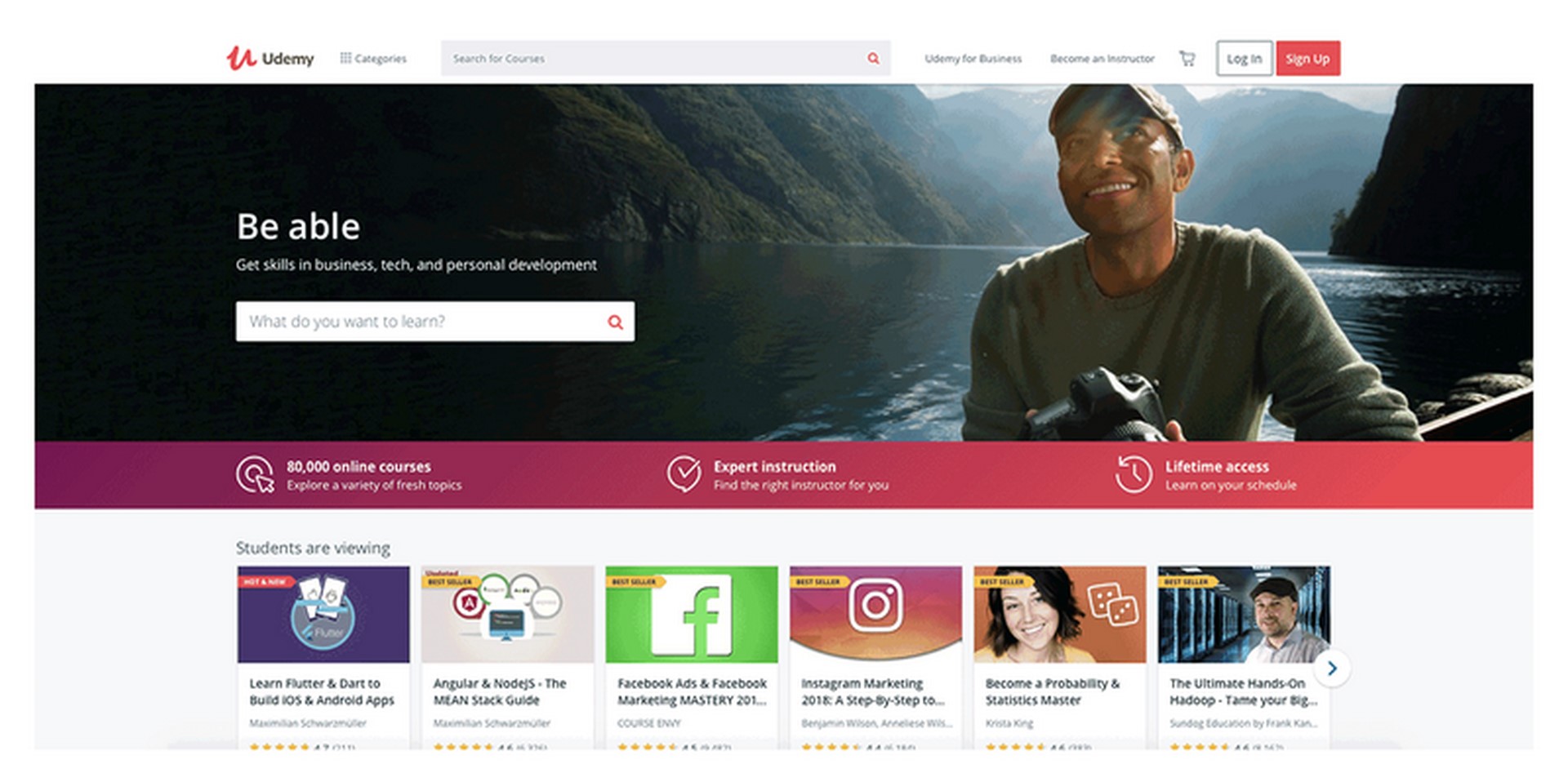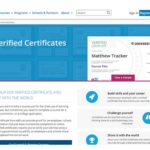The realm of online education has witnessed unprecedented growth, with eLearning platforms emerging as the cornerstone of modern learning. Whether it’s mastering new skills or pursuing academic endeavors, the demand for online education continues to soar. In this digital age, creating a successful eLearning marketplace requires a strategic approach and adherence to best practices. Let’s delve into essential tips to help you navigate the intricacies of eLearning website development.

Understanding the Landscape: Fast Statistics
Before delving into the intricacies of eLearning marketplace development, it’s crucial to grasp the monumental growth of the eLearning industry. In 2019, the global eLearning market surpassed $200 billion, with projections indicating a staggering rise to $400 billion by 2026. The advent of COVID-19 further catalyzed the shift towards online education, underscoring the pivotal role of eLearning platforms in shaping the future of education.
Classification of eLearning Platforms
Understanding the diverse landscape of eLearning platforms is paramount for informed decision-making. These platforms encompass:
- Online Learning Platforms: Empower users to embark on self-paced learning journeys, offering a myriad of courses across diverse domains.
- eLearning Marketplaces: Facilitate seamless interaction between educators and learners, fostering personalized learning experiences through one-to-one classes and diverse course offerings.
- eLearning Web Conferencing Software: Cater to the needs of institutions and organizations, enabling large-scale online group learning and collaboration.
Why an eLearning Marketplace Is Imperative
The burgeoning popularity of eLearning marketplaces can be attributed to several factors:
- Accessibility: Leveraging the ubiquity of the internet, eLearning platforms democratize education, transcending geographical barriers and empowering learners worldwide.
- Skill Gaps: Addressing the evolving needs of learners, eLearning marketplaces bridge skill gaps and offer tailored learning experiences tailored to diverse demographics.
- Flexibility: With the demand for flexible and continuous education on the rise, eLearning marketplaces offer agile learning solutions that cater to individual preferences and schedules.

Crafting a Focused Vision
Central to the success of any eLearning marketplace is a clear and focused vision. Your platform should:
- Deliver a seamless learning experience, fostering engagement and interactivity.
- Empower educators to impart knowledge effectively, leveraging innovative teaching methodologies.
- Cultivate a vibrant online learning community, fostering collaboration and knowledge sharing.
- Instill confidence in learners by providing specialized, high-quality content tailored to their needs.
Top 12 Tips for Creating an eLearning Marketplace
Embark on your eLearning journey equipped with these invaluable tips:
- Study Your Target Audience: Conduct comprehensive market research to identify niche demographics and tailor your offerings to meet their needs effectively.
- Research Your Competitors: Analyze existing eLearning platforms to glean insights into successful strategies and identify opportunities for differentiation.
- Create Compelling Content: Curate diverse and engaging content formats, including text, audio, video, and interactive elements, to cater to varied learning preferences.
- Engage Expert Educators: Collaborate with seasoned educators to deliver high-quality content and cultivate a reputable brand image synonymous with excellence.
- Establish Revenue Models: Define clear revenue models, such as commission-based structures or subscription models, to ensure sustainable monetization strategies.
- Implement Rewards Systems: Integrate gamification elements and rewards systems to incentivize learner participation and foster a culture of achievement.
- Prioritize Assessments: Employ regular assessments and quizzes to track learner progress and provide actionable insights for continuous improvement.
- Offer Certificates and Honors: Recognize learner achievements with certificates of completion and honors, fostering a sense of accomplishment and motivation.
- Optimize User Experience: Design intuitive interfaces and streamlined navigation to enhance user experience and facilitate seamless engagement with content.
- Enable Feedback Mechanisms: Empower users to provide feedback and ratings, facilitating continuous improvement and ensuring alignment with user preferences.
- Embrace Multilingualism: Cater to a global audience by offering multilingual support, enabling learners from diverse linguistic backgrounds to access content seamlessly.
- Implement Robust Marketing Strategies: Leverage a mix of online and offline marketing tactics to promote your eLearning marketplace and expand your reach effectively.

Conclusion: Empowering the Future of Learning
As the eLearning landscape continues to evolve, the creation of a successful eLearning marketplace demands meticulous planning, innovative thinking, and unwavering dedication. By adhering to these top tips and embracing the transformative potential of online education, you can embark on a journey towards empowering learners worldwide. Let your eLearning venture be a beacon of knowledge, innovation, and excellence in the digital era.

















